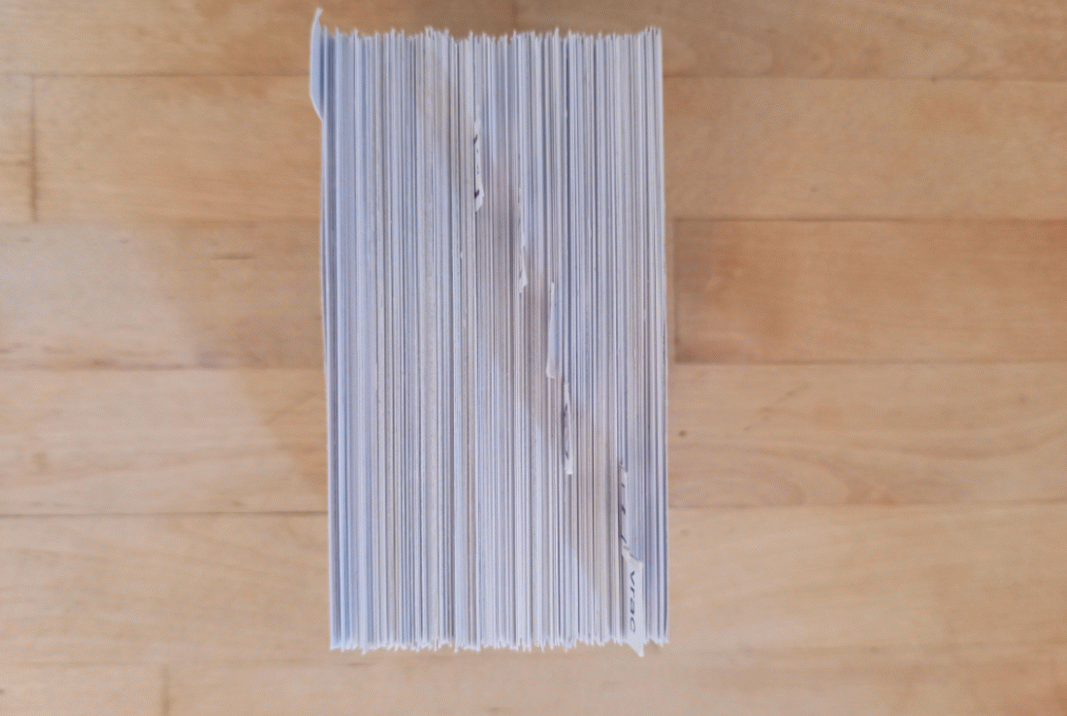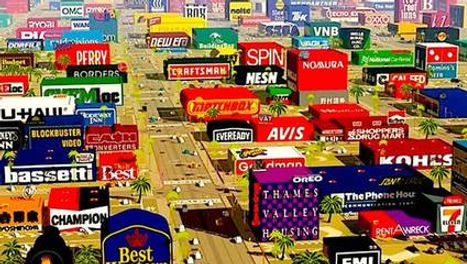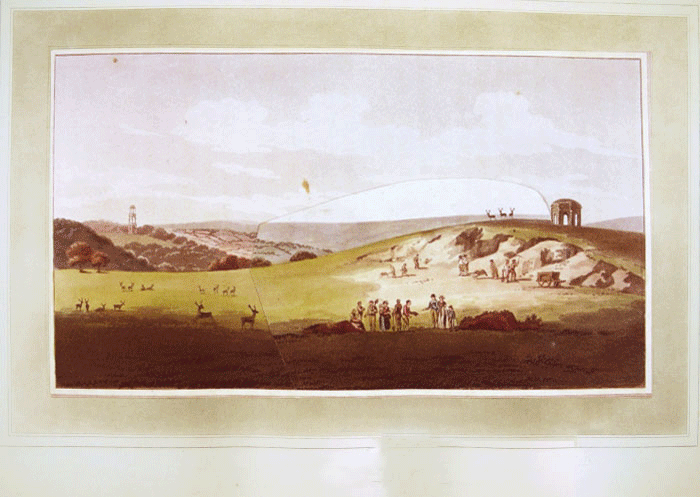
RESEARCH
Personal interest in optimizing work methods: Archifish, 220 operating mode sheets relating to the resolution of problems encountered during my professional practice.
Architecture, a consumer product?
Digital modes of consumption have changed architecture. The work of the façade as a surface of projection, as immaterial architecture, takes precedence over the spatiality of the plan.
Once an object of contemplation, architecture has become an object of consumption. This positioning is the result of the way architecture functions in terms of communication and 'information without answers', appearance, images and atmosphere.
From this point of view, architecture seeks tactics, reference value rather than intrinsic meaning. The identity of the event building shifts to its representation.
Seeking to stand out, it aims for the spectacular through effects. Reality and virtuality are intertwined.
In a frenetic age, the aim is to convince instantly. This search for the unusual nevertheless brings out a certain homogeneity. Architecture adapts to the wishes of clients who are formatted by fashion effects. The links between aestheticization, superficiality and anaesthesia of critical judgment are questioned.
Is it to reduce architecture to a product?

Before-after, Humphrey Repton, project in Wentworth
gif made from images taken from https://www.joh.cam.ac.uk/humphrey-repton-observations-theory-and-practice-landscape-gardening
The fake in architecture
The forgery is a matter of debate. It either offends or brings people together, but it is the talk of the town. A very broad theme, three categories seem to stand out: architecture that is "fake" and that asserts it: the absolute fake like Disneyland; architecture that imitates but which we perceive to be "fake": the pretence like the hotels of Las Vegas; and finally architecture that imitates so well that we believe it to be what it claims to be: the reproduction-substitution.
Copy, pretense, pastiche, the false is multiple while uniqueness seems to be the monopoly of the true.
Paradoxically, if the true is "slippery", questionable, the false seems at first sight more unanimous.
It is exuberance, profusion, complexity, unlimited, not on the level of evidence and equality, but on that of the unexpected and difference. It engenders human relationships based on suspicion, consensus, acceptance, fascination or indifference.
Linked to seriousness, depth and singularity, truth is the object of an endless search. This investigation is not recent, Plato had already annexed it in the 3rd century BC, Ruskin studied it in the 18th century. Umberto Eco, with the notions of absolute falsehood and hyperreality, is one of the major contemporary theorists of the question of the false, which reappears, it seems, at every period of meaninglessness. The twentieth century is said to be the century of the passion for reality. All artistic circles were interested in this. In the cinema of the 1950s, the members of the New Wave questioned their relationship to truth. In the theatre, former guarantors of realism rejected verisimilitude in order to preserve only emotion.
In parallel with this phenomenon, a renewed interest in appearances, packaging and the ephemeral emerged from the 1980s onwards. In this era of the superficial and the fake, the reality of the material disappears in favour of its appearance.
The resulting fascination is given credibility by matching empirical data with concrete concepts. Images, the main elements of the age of the superficial, are no longer mere illustrations of reasoning but acquire their own purpose. The old values are no longer sufficient to enthuse, unite and motivate.
The concept of authenticity is thus put in crisis.
How can this search for truth and authenticity lead to falsity, knowing that to speak of falsity in architecture implies that one considers architecture to be truthful, to conform to a truth ?

Beyond the simple observation of truth and falsity, antagonistic and complementary terms, the essential enigma of reality arises.
In a context where reality is evanescent, can the false, with its frivolous, light, superficial, sometimes indecent, dogmatic, multiple character, not impose itself?
Is its attractive universe a refuge value, the reality of our time of crisis? Is the fake not a point of view on reality, with its own authenticity? Can it really bring added value?
Through this thesis, the aesthetic stakes of the fake are questioned through its sometimes contradictory uses and the consideration of its different characteristics in terms of creation and reception. The creative potential of the factice is considered through its demonstration, in order to prove that it is not limited to an appearance.
The factice as an interface to spatial recognition is used as a hypothesis. The question of the relationship between place and factitious architecture is questioned as well as the possible emergence of spatial reference points and the legitimisation of factitious expression as revealing a truth. Finally, the critical capacity of this architecture is raised.
Pictures and action
This work is an attempt to assess the concrete impact of the urban image according to the decisions, the actors involved and the temporality of the project, namely the role of images in supporting change: from city design to the city drawing. Although it is true that the image is an undeniable aid to decision-making, does it not influence the latter in a sometimes problematic way? Does the image act as a lever for action, does it slow it down, or even jeopardise it by taking precedence over the understanding of the project? What reading is required to understand the image?

Before-after, Humphrey Repton, project in Wentworth
gif made from images taken from https://www.joh.cam.ac.uk/humphrey-repton-observations-theory-and-practice-landscape-gardening